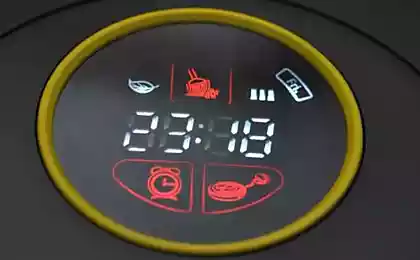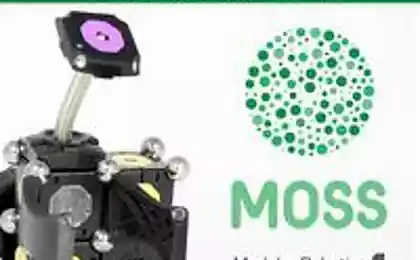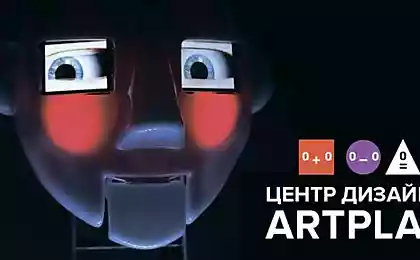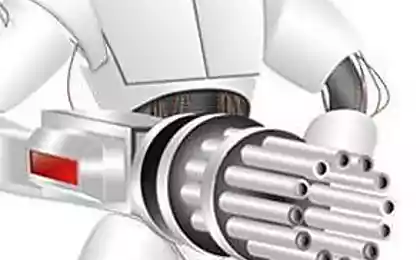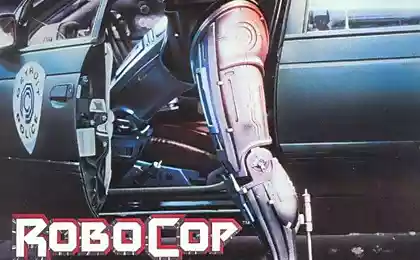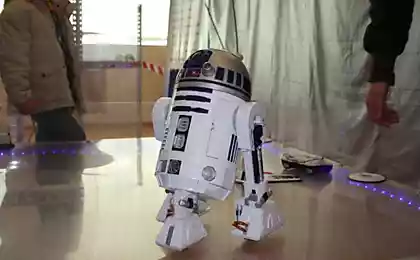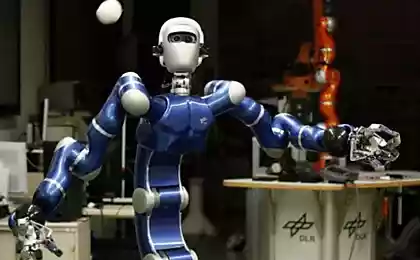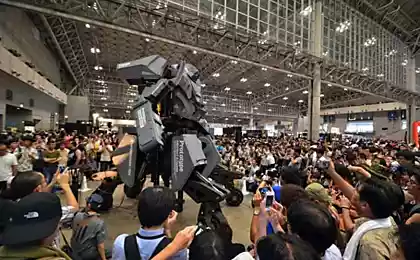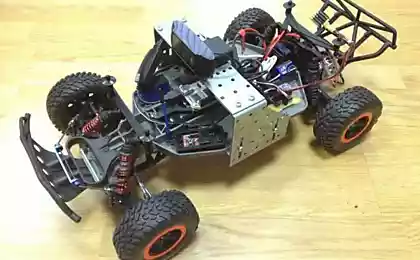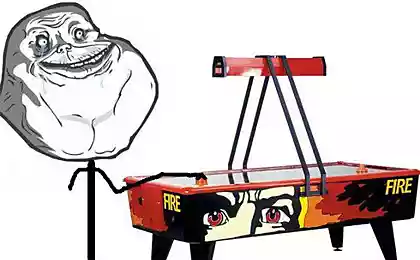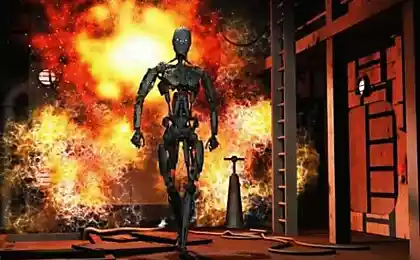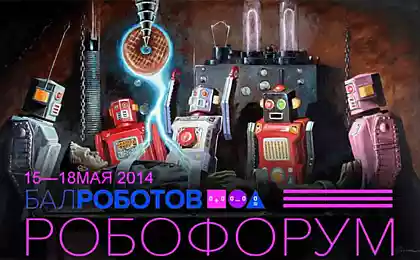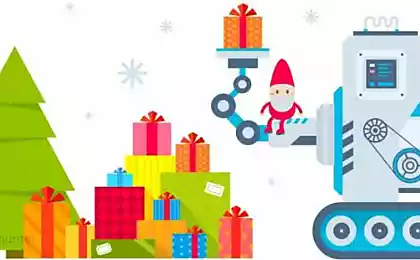502
System CoWriter: children teaching a robot to write and learn for yourself
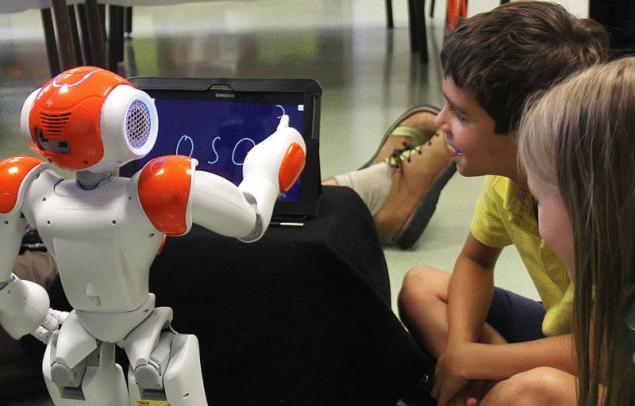
There are often discussions about whether the new technologies to raise the achievement of children in school or just distract them from the learning process. The issue is more complicated than it might seem. It's not just about the child learning. It is important that he wanted to learn. And for that he should be interesting. Sometimes it happens that the student cannot learn a skill and ever loses interest in this subject. For example, he fails to write beautifully. To help him can a smart robot, which the child will learn to write beautifully and in the process he will learn. If vs tablets in the classroom there are five arguments, then what can we say about the use of robot as a "teacher"?
However, in this case the robot has a more the role of "student". Showing the robot how to write letters, children improve their writing skills and develop confidence, reports ScienceDaily. The little girl looks around the plastic letters with QR codes. A small robot can't play them on a tablet. Especially he fails the letter "p". The girl tries to teach the robot to withdraw the letter. She acts as a teacher, but in the process she learns. This possibility is provided by a new training tool CoWriter, EPFL presented at the conference on the interaction of humans and robots, "Conference on Human-Robot Interaction (HRI)" in Portland, USA.
In the framework of this program the learner acts as a teacher. When children find it difficult to write, they may lose confidence in themselves and gradually lose interest in learning. When the pupil himself becomes a teacher, it increases self esteem and increases motivation.
The result of weak academic performance may be the reluctance of student to continue to improve their knowledge. He may cease to see the point to continue a useless effort.
The idea of the researchers is that the robot plays the role in need of the student. In the class is the student who with worse performance than the weakest of students.
Scientists developed progressive algorithms of the letter, and they were embodied in the model of the 58-centimeter humanoid robot. Based on these algorithms, the robot first writes poorly, and then its ability to improve letter. To do this, use the extensive database of writing that allows you to play common mistakes that make small children, being trained in the letter. It is also possible the program in which the robot is experiencing the same difficulties as the student. For example, bad writes the letter "P". Over time, the shape of the letter becomes more accurate.
System CoWriter is currently in the prototype stage, but can be used for teaching children aged six to eight years, as well as individually with six-year old children for an hour a week within a month of the course.
The researchers are undertaking further work. In the future, such a robot can be used for the treatment of disorders of pronunciation.
Increasingly becoming the question of what high technology can replace teachers. In fact, new tools, tablets and even robots are being used in the classroom under the guidance of a teacher. This educational game. In this case, the student masters new skills, teaching the robot, to which the art of writing is given more difficult than to the child.

Is it really necessary in an age when even in the University it is possible to specialty gamer, to be able to write beautifully by hand? What are the most promising areas of application of high technologies in education? And where better to do centuries-tested methods of training? published
Source: hi-news.ru
Every person has a unique frequency of vibrations. What frequency is Your
Planting flower seeds — tips for gardeners
